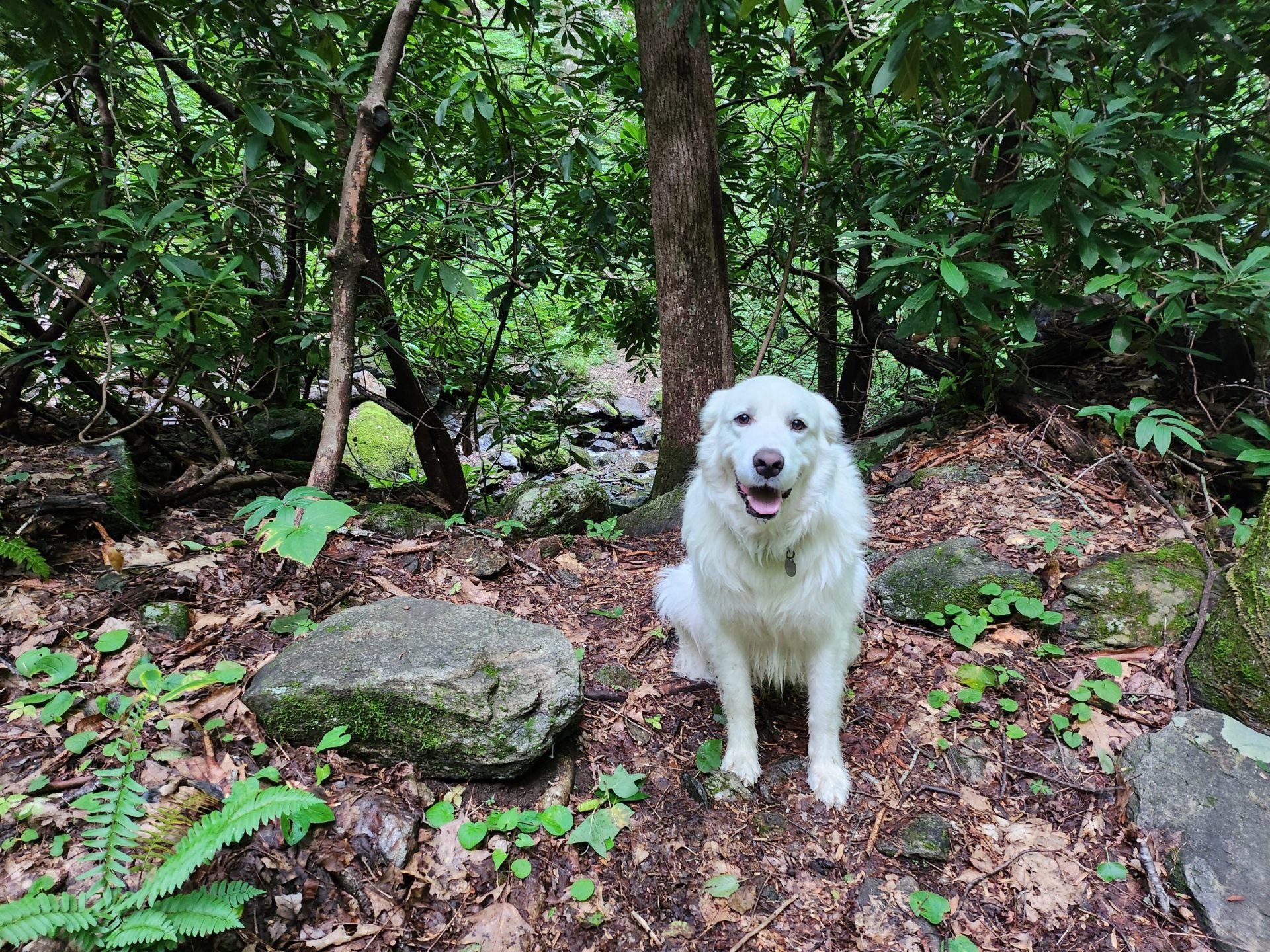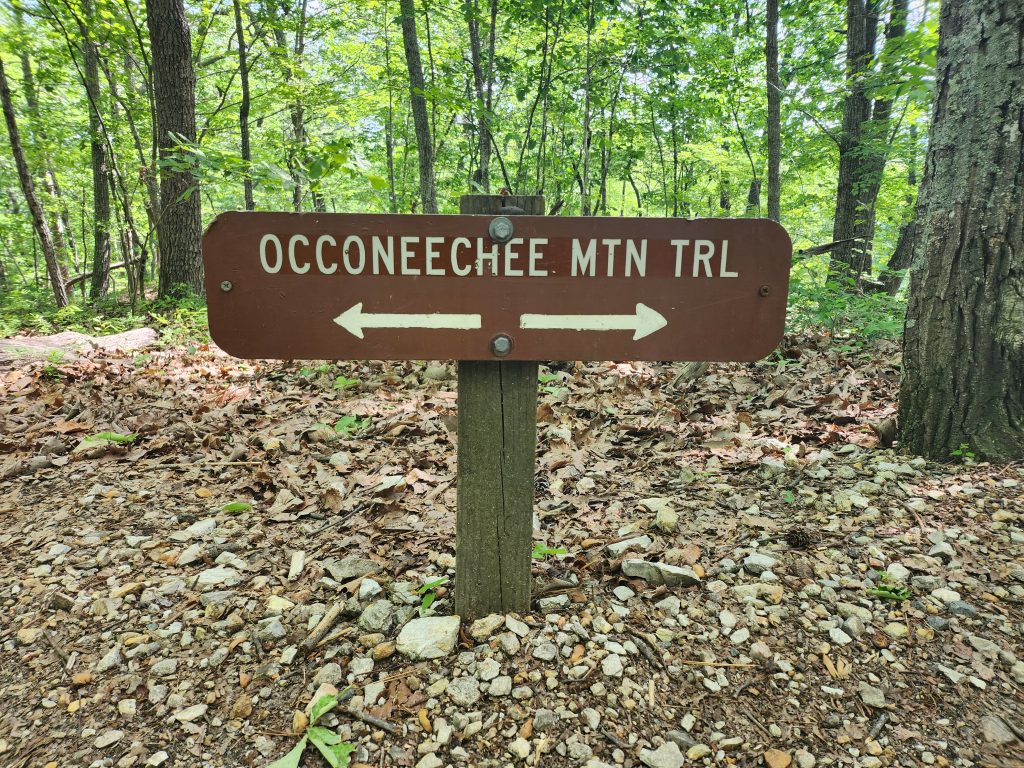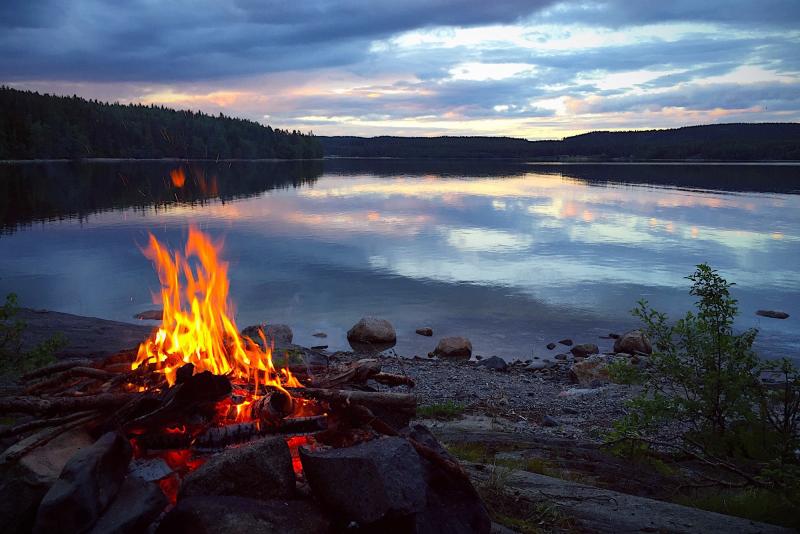How a Single Line of Cord Can Replace Dozens of Bulky Items in Your Pack
Hikers aim to carry less weight and stay flexible. A simple section of cord can do a surprising number of jobs. It can fix gear, add comfort, even help you prepare food. Use these cordage hacks and carry less.
Why Cordage Matters in Ultralight Backpacking
Ultralight hikers aim for a base pack weight under 12 pounds. They often rely on skills instead of gear. Cordage fits both goals. It adds little weight but offers big options. You can repair gear, build tools, or rig shelters with just a line and a knot (Wikipedia). Even the cheapest cord has many uses. Paracord comes with many strands inside. You can pull them out and use them as thread or line (Wikipedia). A single line can earn its keep.
1. Keep Guy Lines Taut Overnight with Shock Cord
Silnylon shelters tend to sag overnight. That sags your pitch and lets in cold and moisture. A fix is to insert a short stretch of shock cord into the guy line. Tie it with two adjustable knots. One near the tie‑out point, the other about 14 to 16 inches down the line (Backpacker). It keeps tension while you sleep. You only need a foot or two of shock cord. That adds little weight but makes a big difference.
2. Carry Weight in the Core of Paracord
Paracord hides useful fibers inside its sheath. You can pull them out. Use them as sewing thread, repair line, or a fishing string (Wikipedia). A thicker sheath has other uses. You can knot it, braid a handle, or bind items tightly. Keep a bit of paracord and a fire‑safe lighter. Then you can melt and seal the ends. That makes it last longer on rough trips.
3. Choose Lightweight, Strong Cord Types
Many hikers favor lighter cord than paracord. Some pick 2 mm dyneema or IronWire. One hiker called Lawson’s IronWire “light, strong, reflective, holds knots well yet unties easily” (Reddit). Another post noted it weighs just 1.25 ounces for 50 feet (0.02 oz per foot) with about 2.2 mm thickness (Backpacking Light). It still offers high strength. These choices strip off unnecessary bulk and use strength wisely.
4. Carry Multiple Fixes in One Line
Cord helps fix broken gear without extra tools. It can:
- Replace broken zipper pulls.
- Tie improvised straps or loops.
- Lash broken pack frames.
- Create new buckles or closures.
You carry a tiny spool of cord. You carry many repair tools in one. Choose light cord like bank line if you need to snake through tight loops.
5. Hang Your Pack or Food Bag Fast
A toggle and cord Wpattern makes a simple hanging system. Everyone can fix this fast. It frees your gear from the ground. A short loop, a stick, and a knot hold it high in a tree. That keeps bears, ants, and water away. You don’t need bulky rope or straps. Just one stick tethered to a loop of cord.
6. Compress, Cinch, Support
Cord can act as compression straps. Loop it around your quilt or sleeping pad. Cinch it tight with a simple knot. Need leggings? Cinch your quilt at the feet using a loop and toggle. Want a pack frame? Use cord as a belt to stiffen your pack. Pack center of gravity stays close and stable.
7. Lash Gear on the Outside of Your Pack
Attach tools like trekking poles or snowshoes to your pack. Pass cord through daisy chains or loops. Tie tight with a cord lock or knot. You can use cord lock toggles scavenged from old packs (SectionHiker.com). That opens spots inside your pack, keeps gear quick to reach, and avoids bulky straps.
8. Make a Low‑weight Drying Line or Critter Alarm
Stretch cord between two trees. Hang socks, shirts, or a headlamp to dry. Make it tight with a sliding knot. Or rig a trip‑line, attached to a bell or bottle. It warns you while you sleep. It keeps curious animals from raiding unattended gear.
9. Field Fishing or Simple Trap Line
Add a hook and weight to a short cord. Use it as a quick fishing setup. It fits in a snack bag. You just need a creek or pond. You carry a hook and weight in a tiny bundle. Cord does the rest.
You don’t need to buy cord new. Keep lengths from old gear. Rip cord locks, toggles, straps, and loops from broken items (SectionHiker.com). Even cheap cord can be harvested. You get backup options for free. That reduces trips to stores.
Quick Reference Table
| Hack Description | Cord Used |
|---|---|
| Tension guy lines | Static + shock cord |
| Thread or fishing line | Inner paracord strands |
| Lightweight structural cord | 2 mm dyneema or IronWire |
| Repair or lash gear | Bank line or paracord |
| Hanging pack or food bag | Toggle loop |
| Compression or draft collar | Loop + toggle or knot |
| Lash external gear | Cord + cord lock |
| Drying line or trip alarm | Light cord |
| Field fishing kit | Cord + hook + weight |
| Spare parts from old gear | Harvested cord components |
A Final Thought
Cordage earns its place in an ultralight kit. It may weigh an ounce or two. Yet it replaces many bulky tools. You carry solutions in a tiny bundle. You gain fix options, shelter tweaks, drying lines, repair spools, and even fishing kits. Every knot you know adds function. Start with a 20‑foot spool of paracord, a short stretch of lighter dyneema, and a toggle or two. You’ll shed ounces and add countless hacks.
Ask yourself: what can a line and knot do today?








Leave a Reply